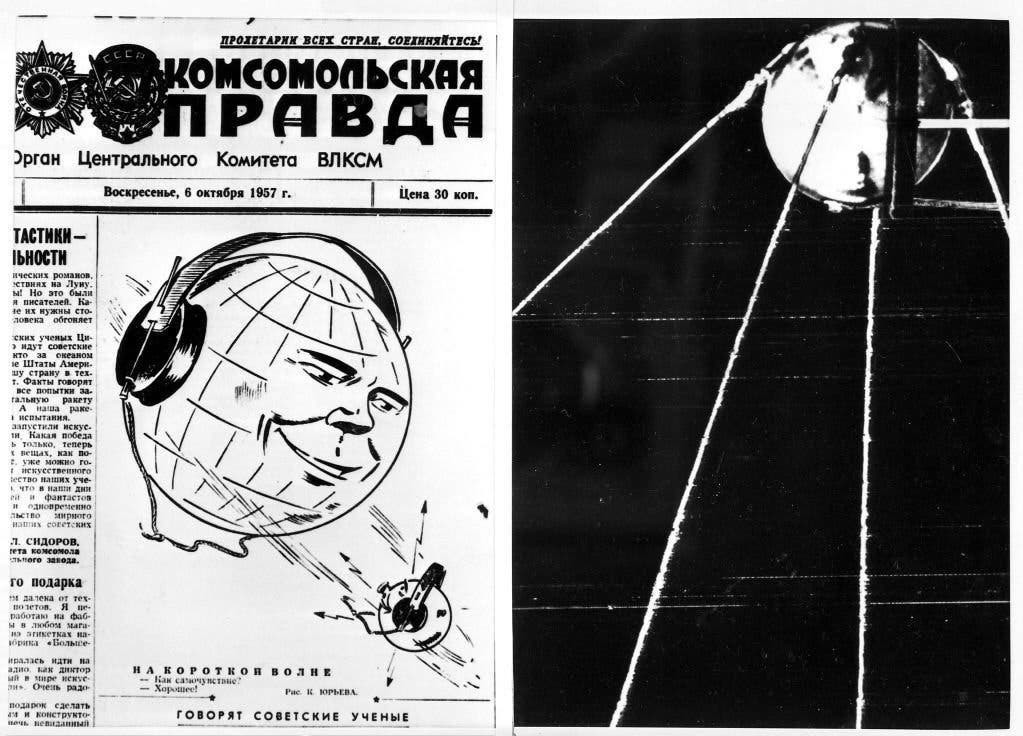Soviet Union Propaganda
The Goal of this Project:
How can Soviet propaganda give insight into what life was like for a citizen of the USSR?
Most historical information presents the Cold War as a competition between capitalism and communism, ignoring the victims of the marginalized communities on the “losing” side. Without a voice or stake in popularly presented perspectives on the Cold War, I aim to highlight those who were affected by the Cold War mentality in the USSR. By exploring individual decades of propaganda, and combing through historical research, we can begin to have insight into what life may have been like for a Soviet citizen
Introduction: the Soviet Union and Propaganda
The Union of Soviet Socialist Republics, better known as the USSR, was founded in December of 1922 and dissolved by December 1991. Considered to be the world’s first “propaganda state,” the USSR intensified propaganda during the Cold War, as it tried to demonstrate to its own citizens its superiority over countries in the Western bloc, specifically its main rival the United States. Propaganda in the Soviet Union infiltrated every aspect of modern life (from one’s cultural, social, political, and economic life) in an attempt to create and present to the world the Ideal Socialist Citizen. This final project aims to understand the range and scope of Soviet propaganda during the Cold War, and the effects it had on its own citizens. Cold War history is often presented as a game of winners and losers, propping up the West while dismissing the communist East. While the “victors” of the Cold War were the West, resulting in the dissolving of the Soviet Union in 1991, this perspective ignores the citizens in Soviet countries who were struggling in the USSR.
This subtopic of the project is divided into decades, highlighting some of the different propaganda campaigns over the duration of the Cold War. Before exploring the decades of propaganda in the Soviet Union, it is important to define and give an overview of how the Soviet Union used imagery and text to influence the masses.
Definition: Propaganda
Encyclopædia Britannica defines propaganda as “the more or less systematic effort to manipulate other people’s beliefs, attitudes, or actions by means of symbols (words, gestures, banners, monuments, music, clothing, insignia, hairstyles, designs on coins and postage stamps, and so forth)” ("Propaganda").
Background on Soviet Propaganda
Beginning with the formation of the Soviet Union after the Bolshevik Revolution, the USSR used the suppression of communication and state produced documentation to “promote social cohesion” but soon became a “weapon of manipulation, immobilization, and pacification” (Roth-Ey, Kristin and Larissa Zakharova 2015, 273). The USSR was a totalitarian regime and valued indoctrination and conformity, yet its citizens were brainwashed - as they are often stereotyped (Roth-Ey, Kristin and Larissa Zakharova 2015, 274). Institutions such as public education and the mass media had to conform to, publish, disseminate, and produce Soviet propaganda. For example, the state relied on magazines and newspapers such as the satirical Krokodil (which translates to Crocodile) and the information-based Pravda (which translates to “truth”). Through such outlets, the Soviet government was able to control information horizontally and vertically to present the state as modern, moral, innovative, successful, and full of hard-working, nonreligious, and apolitical citizens dedicating their lives to benefitting the masses. Since every aspect of life was considered to be part of the collective or common good, the government felt the need to influence everything from sexuality and intimacy to music and education.
Looking at the various Soviet propaganda can give insight into what life was (or was not) like for the masses. Comparing such imagery and documentation to factual and historical information will hopefully present a different and unique perspective on the Cold War and the Soviet Union.
HOW TO USE / NAVIGATE:
- Click on the individual subheadings to browse Soviet propaganda campaigns for each decade: 1950s, 1960s, 1970s, 1980s, and 1990s
- The timeline subheading will navigate you to an interactive timeline detailing the propaganda campaigns for a more linear visual. Click and drag your mouse along the timeline to find the various examples and themes of propaganda. To read more into a specific campaign, click on its title on the timeline, or on the title in the sidebar on the right. A pop-up will appear describing the theme of the propaganda for that set of years, and includes an example of that type of propaganda. To click out of the pop-up, find the "x" button in the top right corner of the pop-up
- Bibliographic information used for the project can be found in the subheading "Sources"
- Explore the exhibit and think critically about what propaganda is, how it was used in the Soviet Union, how it affected or was connected to regular Soviet life, and how some of these themes may appear in our day-to-day life, even if we do not think of it as propaganda
I hope you enjoy my exhibit on Soviet Propaganda!

